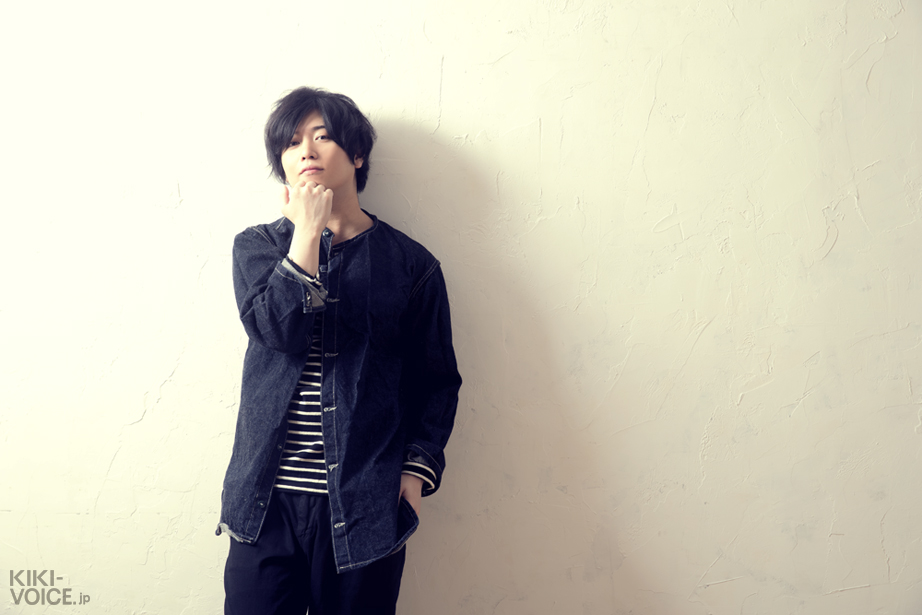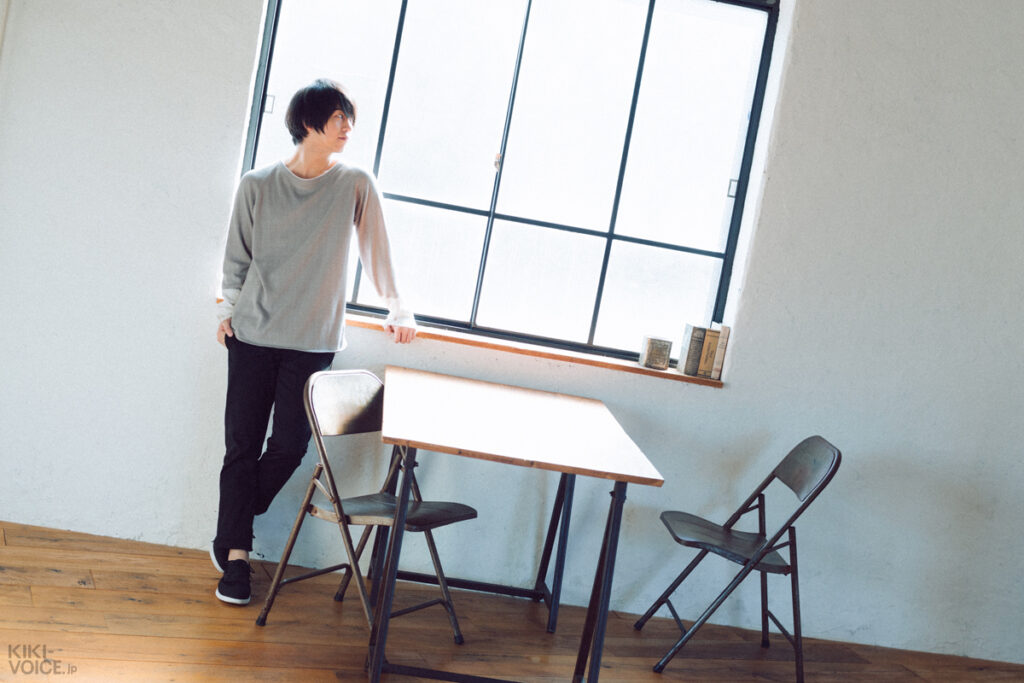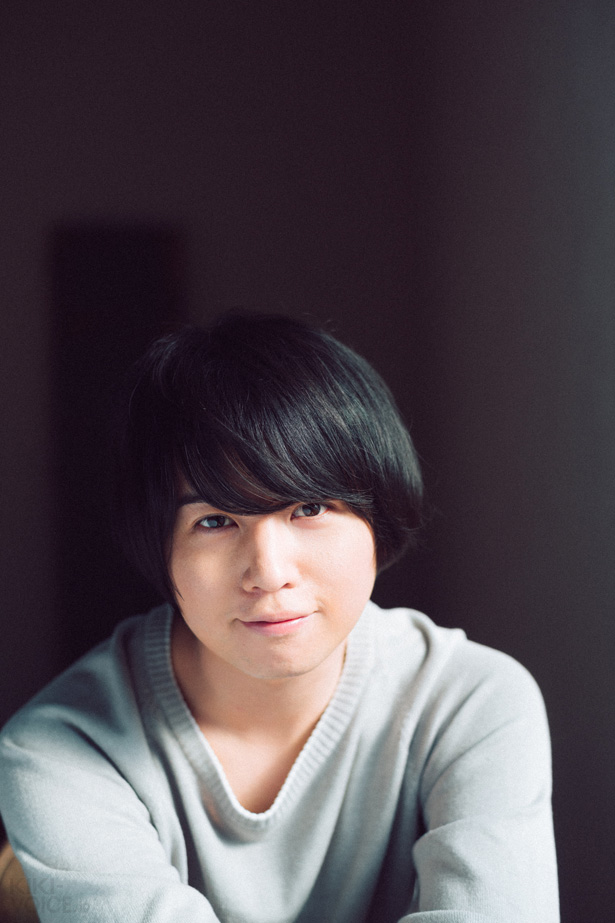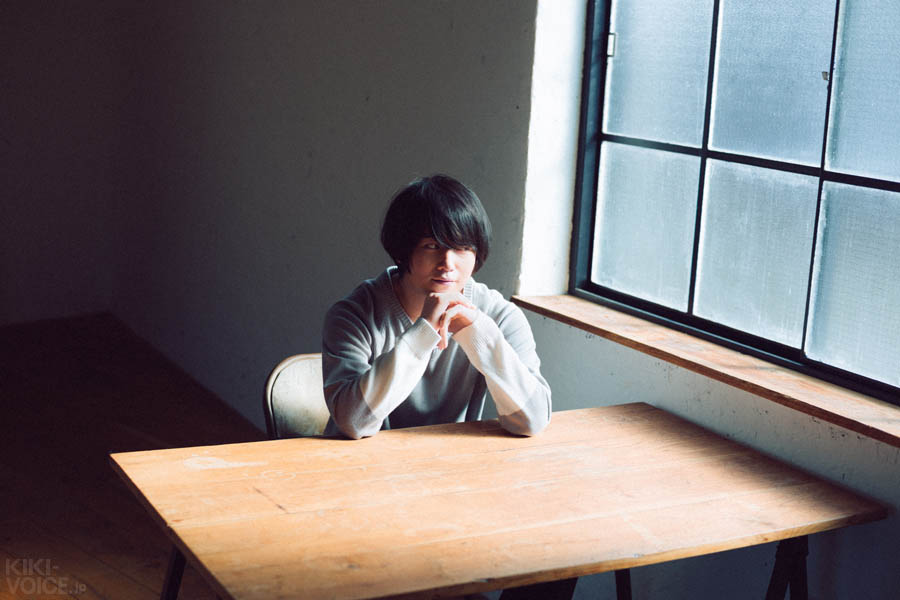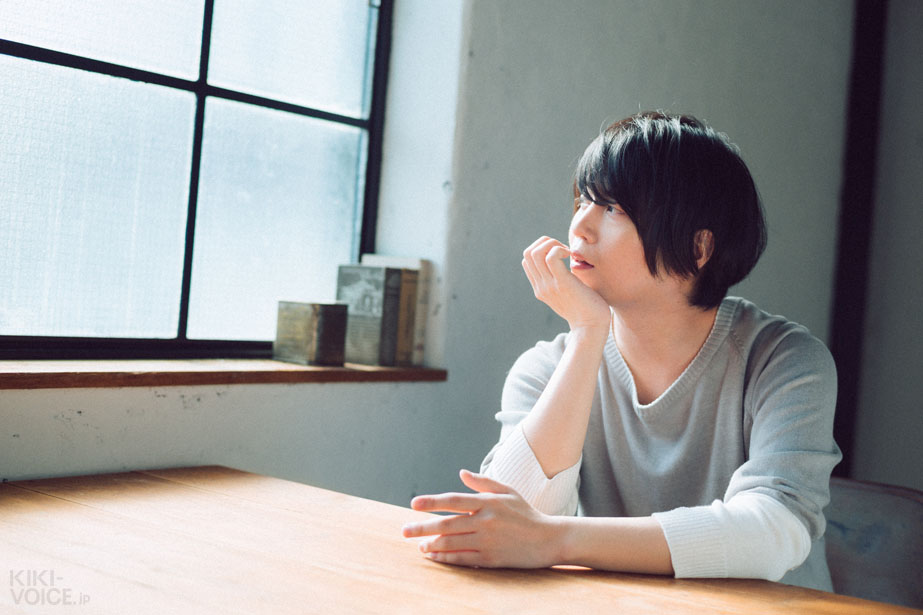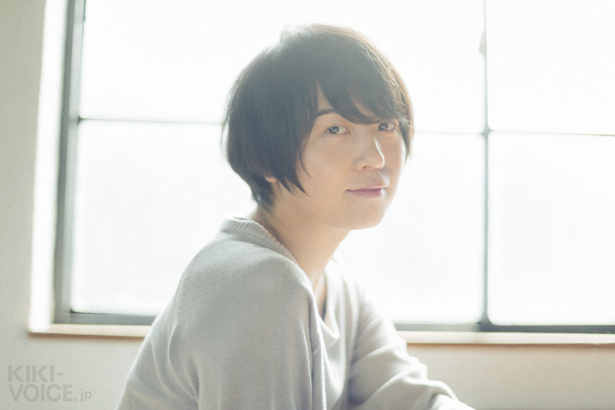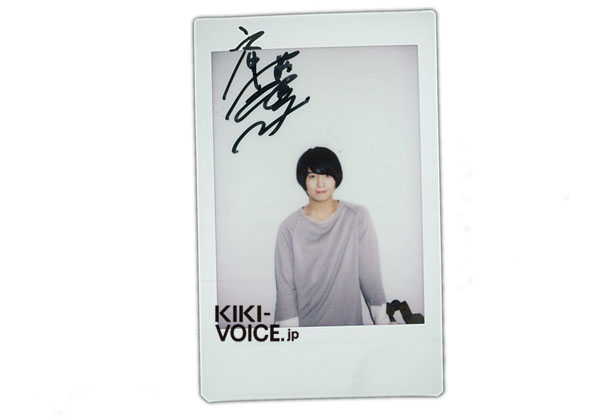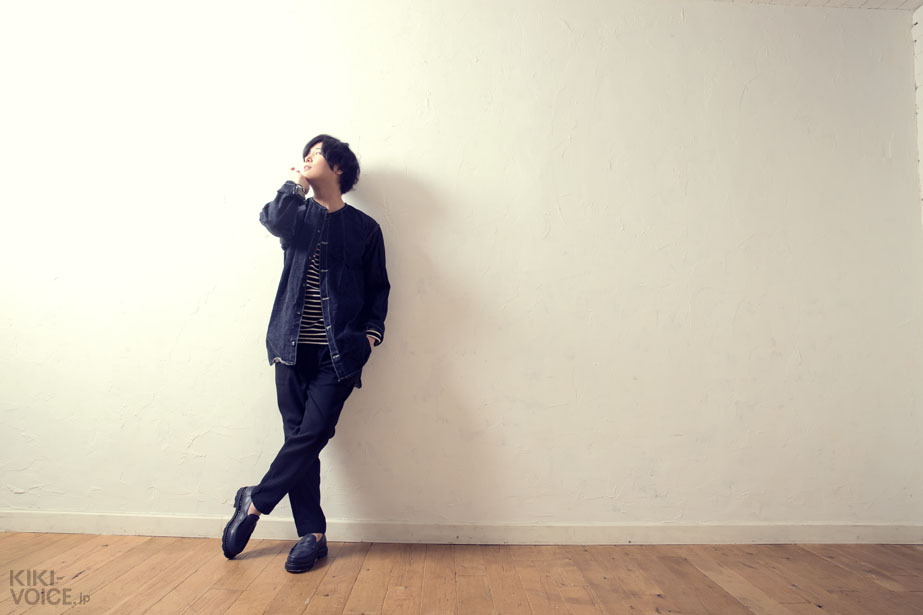
Published: 2017/12/16
Original URL: https://kiki-voice.jp/journal/362
※This essay was also published in the book compilation of Saito Soma no Kenkou de Bunkateki na Saitei Gendo no Seikatsu.
#7: The Left Ear’s Significance
I always grasp rhythm with my left ear.
The other day, I happened to see a video of myself doing a song recording. Concerts aside, I usually don’t get to see how I look when I’m voice acting or singing. As I watched, I noted that I tended to furrow my brow, and that I was wearing something that a senpai bought for me. But then I realized: I had my hand on my left ear the entire time. To be precise, my hand was on the headphones, since it was a recording. But at any rate, throughout the course of that short video, I never took my hand off of my left ear.
I hadn’t been conscious of it at all, but I realized that during recordings, I do always grasp the rhythm and check the melody with my left ear. Even during concerts, I listen to the clicks (sounds that maintain a fixed rhythm) and check the overall volume balance with my left ear. It’s not just when I’m singing, either. Even with voice acting, if I’m recording by myself, I only put the headphones over my left ear. Even during radios, I only use the left earphone.
I try to be attentive to my physical mannerisms when it comes to work, so it felt like I’d fallen into an unforeseen pitfall. Was there something significant about my left ear? Not as far as I could tell. I’m right-handed, so it could be that my body is more balanced that way.
Well, I could take my time reading books to find the answer, but these days, it’s best to ask other people—or the internet.
So I googled it. The first result had shocking information! It’s often said that the left brain and right brain are responsible for analytical and intuitive thinking respectively. Going off of that, the signals from the left ear go to the right brain—in other words, the part that excels at processing sounds intuitively.
This means I have musical sense, right? I gloated to myself, but as I continued reading the article, it spelled out a music composition theory where the right ear is superior for rhythm and the left ear is superior for melody.
Wait, then it’s the opposite…?
Thinking back, there were certainly songs that I could never sing well, regardless of the melody’s qualities or my musical tastes. And when voice acting, there were days when I was lacking explosive power in my impulsive roles.
Perhaps if I wear the headphones on different ears depending on the situation, I’ll get even better results. What an elegant idea. I’ve obtained yet another new skill. I chuckled to myself.
It never even occurred to me that I should’ve just worn them on both ears from the start.
